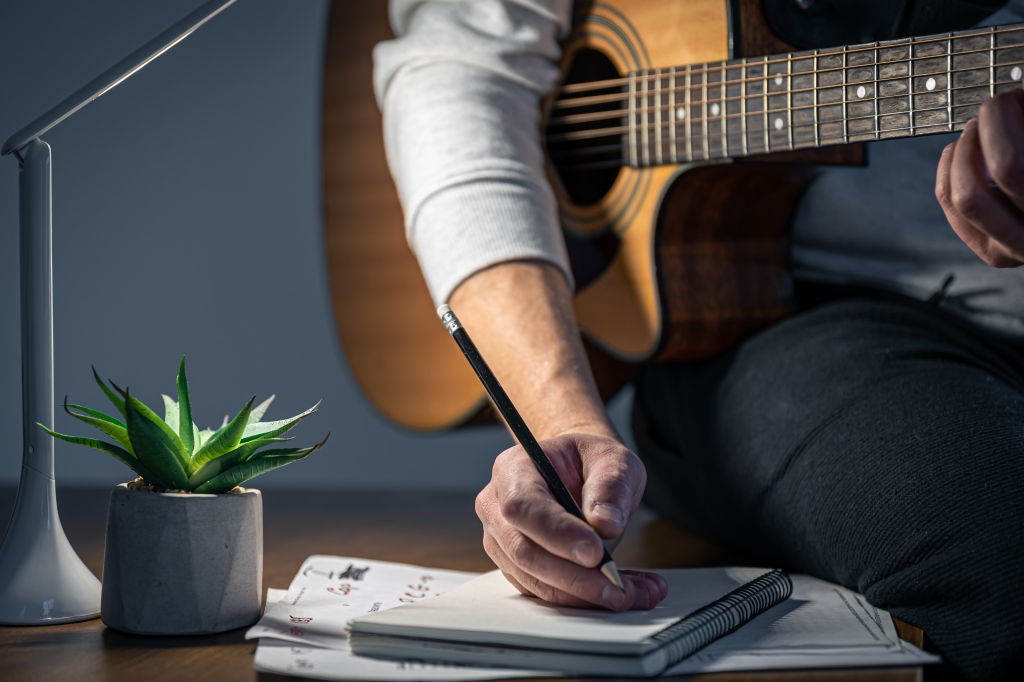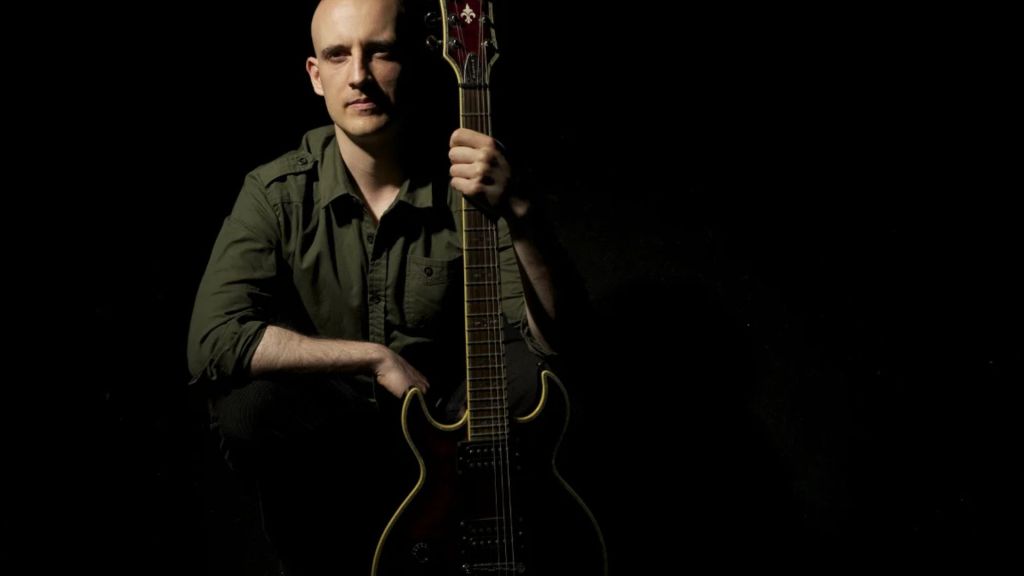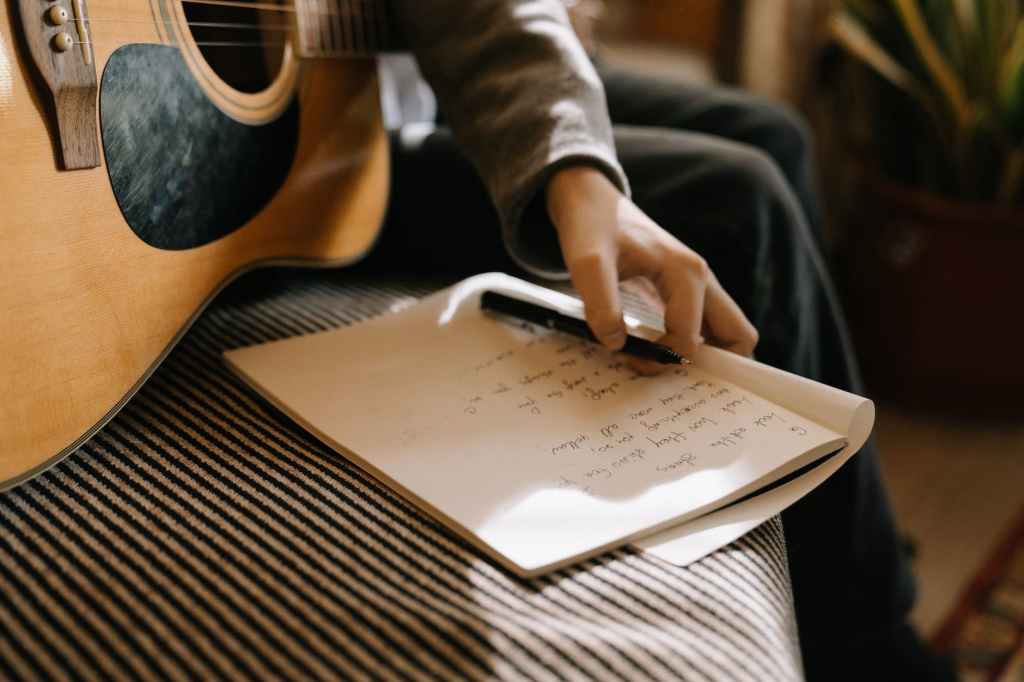As a songwriting coach specializing in pop, rock, and contemporary music, I’ve devoted myself to exploring what it is that makes pop music resonate so widely. What is it about pop music that gets stuck in our minds and makes us want to dance while also giving us the space to bond over shared emotion? As songwriters, how can we simultaneously utilize the formulaic and creative aspects of pop music to create our own songs? These are the questions that I’ve done my best to answer for you below.
The First Verse
It all starts with a verse. This is where you set up the premise of your song and introduce your topic. Think of it as a short paragraph (set to music) introducing your song’s storyline, plot, setting, and/or mood.

The First Chorus
This is the part of the song that ideally will get stuck in the listeners’ minds, more so than any other part of the song. The chorus, or “hook”, is catchy, often rhymes, and is usually simple enough to be easily remembered.
However – make sure that your chorus isn’t too catchy. What I mean here is that you want it to be memorable, but you don’t want your listeners to tire of it too easily. It needs to keep feeling like a song, not a ringtone.
Think of your chorus as your song’s overall message wrapped into a catchy summary. You might want to look here for inspiration when naming your song, too. Is there a particular catchphrase that you’re repeating in the hook? That just might be your song title.
The Second Verse
Now that you’ve introduced your premise and established your overarching theme, you get to add more detail to the theme that you’ve established. While the melody of your second verse will typically echo the melody of your first verse, you will typically have a whole new set of lyrics in the second verse. Think of it as an opportunity to embellish your storyline, plot, setting, and/or mood.
The Second Chorus
Choruses often remain consistent throughout the song, so it’s absolutely okay if there are no changes made between the first chorus and second chorus. Your chorus/hook is supposed to be recognizable; think of the hook like your song’s slogan or trademark.
The Bridge
This is where you have the biggest opportunity to experiment with switching everything up – the melody, the rhythm, even the key signature, if you want. The bridge has the power to add variety to your song, allowing it to remain catchy without becoming too monotonous. Think of a bridge like a tunnel transporting you to the end of a song.
If there’s anything that you’ve wanted to say but haven’t been able to format into your chorus or verses, the bridge is your chance to get those lyrics in. If you’ve already said all that there is to say on your topic, you can pick out an especially significant lyric and use the bridge to emphasize that particular lyric.
If none of your lyrics are jumping out at you as being especially significant either, that’s okay too. Your bridge can even be an instrumental; bridges often include lyrics but don’t need to.
As for the length of your bridge, it can range from being just a simple sentence to being the longest and most intricate part of your song. Bridges are flexible. When writing a bridge, there’s plenty of room to play around.

The Final Chorus
This is your last chance to repeat the hook. By repeating it right before the song ends, its chances of remaining in the listeners’ minds after the song finishes are increased. At this point, your song is pretty much written!
The Optional Outro
If you’re still not quite feeling like your song is complete, adding an outro can help. Think of it like a bonus mini-bridge at the tail end of your song. If there’s anything you’d like to elaborate on or emphasize one last time, you can use the outro as a place to do that.
And that’s the anatomy of a pop song.
Maybe not every pop song, but it’s a general overview of how many of the rock, pop, and contemporary songs currently charting on the radio and on streaming platforms are structured. There are most definitely variations to this structure (we haven’t even talked about intros or pre-choruses yet) but this structure can be a helpful blueprint for beginners. As you get to know yourself and your own style as a songwriter, you’ll gradually learn what works for you. While you’re still becoming more comfortable taking risks with song structure though, this post can hopefully serve as a point of reference for you.



Leave a comment